Project state
closed
Project start
August 2021
Funding duration
40 months
Universities involved
UZH, ZHdK, ZHAW
Practice partners
AlgorithmWatch CH
Funding amount DIZH
CHF 250'000
A collaboration on the state of digitalization between researchers, artists and designers from the University of Zurich (UZH), Zurich University of the Arts (ZHdK), Zurich University of Applied Sciences (ZHAW), the NGO AlgorithmWatch and many other institutions. The result was Planet Digital, a unique laboratory in which around 300 experts from science, art and design jointly researched the fundamentals of digitalization and presented them to a broad audience for discussion. The highlight of the innovation project was the exhibition of the same name, which was on display at the Museum für Gestaltung Zürich from February 10 to June 6, 2022.
The exhibition brought together 27 positions (largely new productions resulting from the collaboration between science and design), accompanied by a comprehensive program of events for various target groups, from digital natives to digital immigrants.
Some projects formed the starting point for further collaborations.
Triggered by Motion
In particular, the video installation Triggered by Motion was developed into an independent exhibition on the topic of biodiversity and digitalization, which was on display at the Museum of the Swiss National Park Zernez from June 2023 to May 2024.
At the same time, a “Travel Edition” was created, which can travel more easily around the world and has already been shown in
- Dongdaemun Design Plaza, Seoul, South Korea: 12.05.-11.06.2023
- Science Gallery Bengaluru, India 19.01.-31.07.2024
- India Art Fair, New Delhi, 06.02.-09.02.2025
- Ambiance Mall, Gurugram, India 20.03-02.04.2025
- Kiran Nadar Museum of Art, Noida, India, 29.04.-01.06.2025
- Pacific Mall, New Delhi, India, July 2025
Triggered by Motion was further developed in terms of content and design and formed the centerpiece of the Mirror of Nature exhibition, which has also been shown at several venues.
- Museum of Contemporary Art, Shanghai, China 15.12.2023 – 15.01.2024
- World Biodiversity Forum Davos, 16.-21.06.2024
Kamituga | Digital Gold
The Kamituga | Digital Gold project also became a crystallization point for further collaborations, scientific cooperation and public outreach.
For example, it was shown at:
- Quadriennale Prague, 08.-18. Juni 2023
- Berlin Science Week, Museum für Naturkunde, Berlin, 04.-06. November 2023
- Futurium in Berlin, Teil der Dauerausstellung
- Democratic Republic of the Congo, Oktober 2023
Big Sister
The work Big Sister by artist Elisabeth Eberle and neuroophthalmologist Konrad Weber is based on eye-tracking videos recorded with specially developed infrared glasses to diagnose diseases of the vestibular system. Big Sister mirrors this diagnostic gaze, so that a pair of eyes curiously follows people passing by.
Following Planet Digital, Big Sister was exhibited in July 2022 as part of the exhibition series “XXs minus Partner” at Galerie Ziegler on Rämistrasse.
Planet Digital x Zürich liest / JULL
Two classes from the Sekundarschulhaus Feld in Zurich’s Kreis 4 were inspired by Planet Digital to create their own stories. Accompanied and mentored by Renata Burckhardt, author and writing coach at the Young Literature Lab (JULL), they made the robots dance until the artificial intelligence beasts maneuvered themselves into their own blackout.
They read from their texts at the Xenix cinema as part of Zürich liest on October 27, 2022.
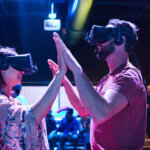

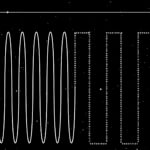
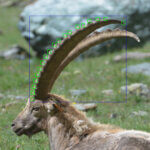
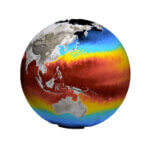
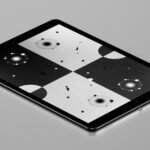
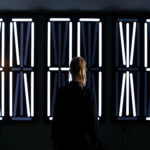
Team
Dr. Katharina Weikl, UZH Graduate Campus
Christian Brändle, ZHdK, Direktor Museum für Gestaltung
Prof. Dr. Christoph Heitz, ZHAW School of Engineering, Forschungsschwerpunkt Business Engineering and Operations Management
Prof. Dr. Volker Dellwo, UZH Institut für Computerlinguistik
Dr. Björn Franke, ZHdK Visual Communication